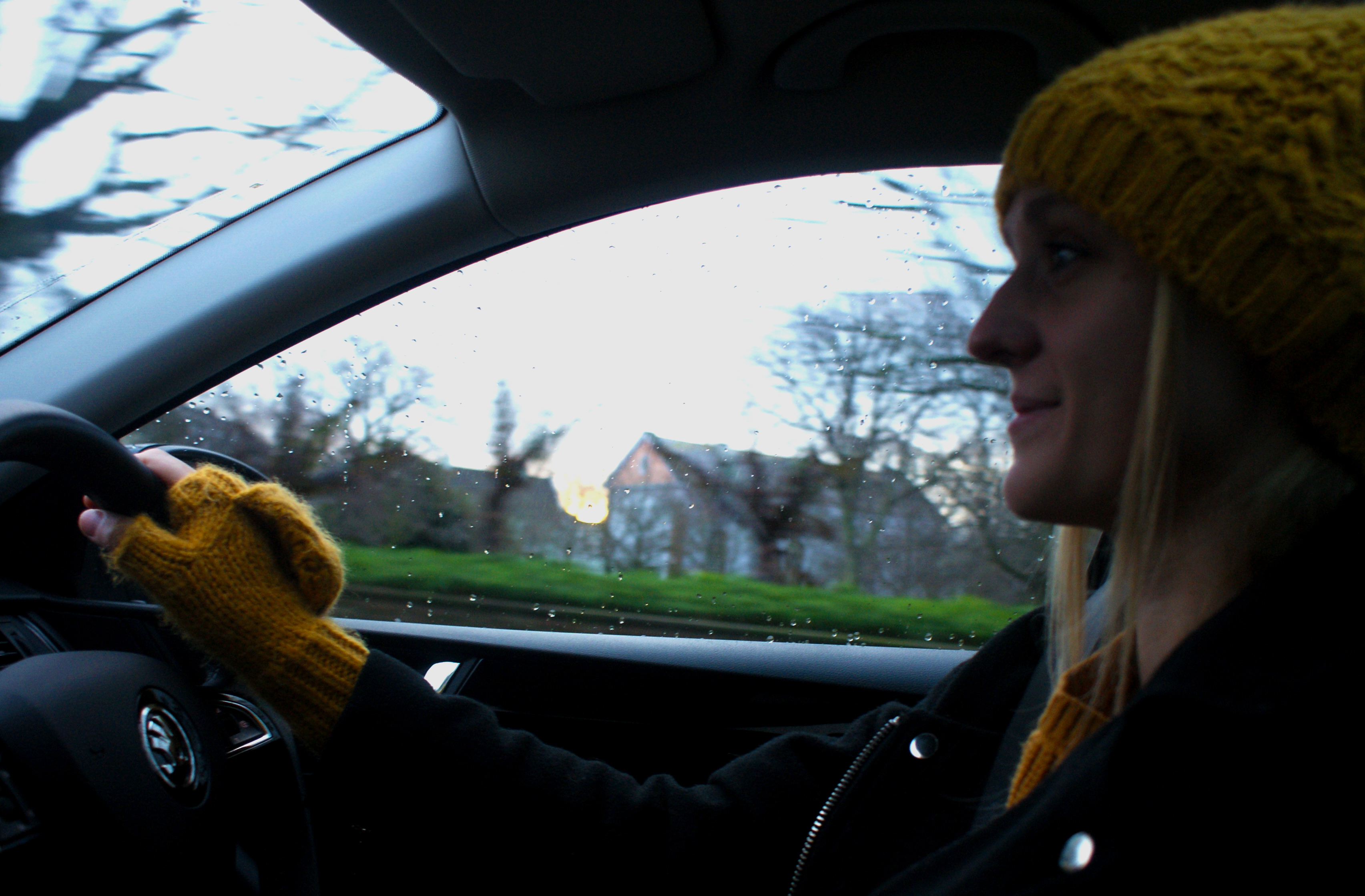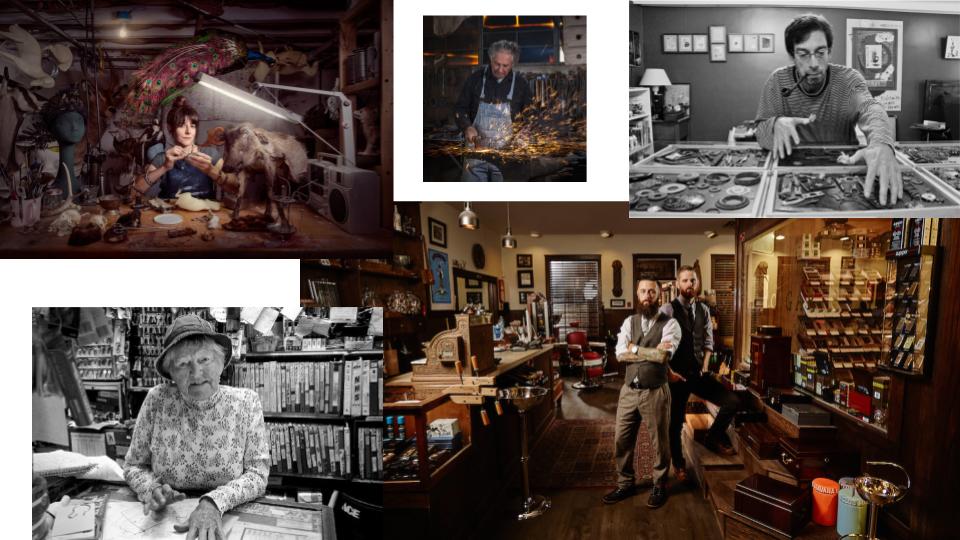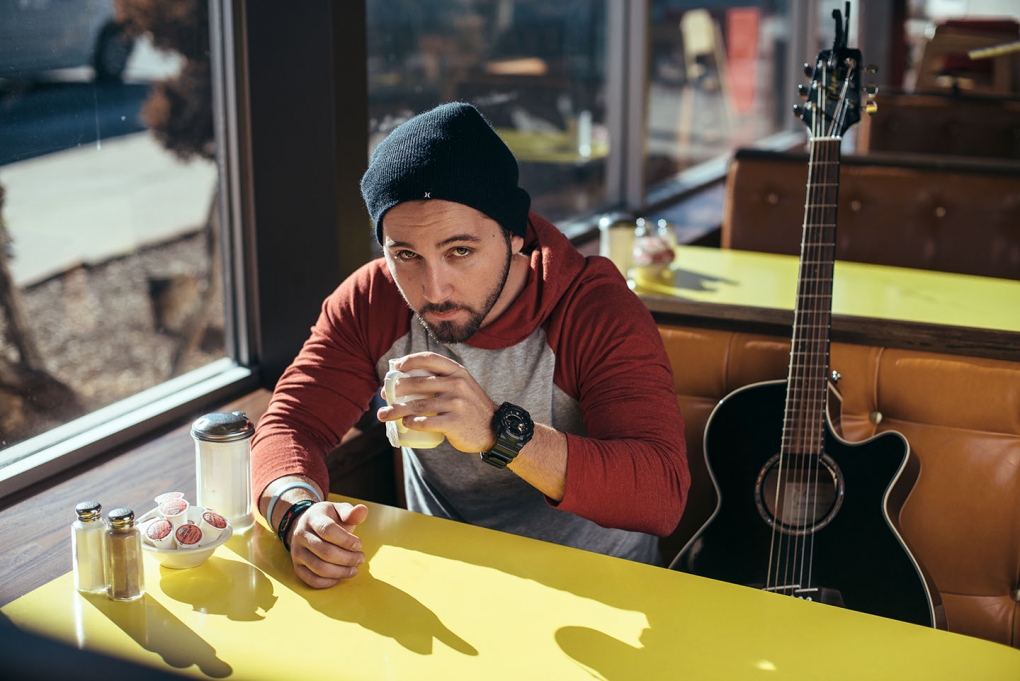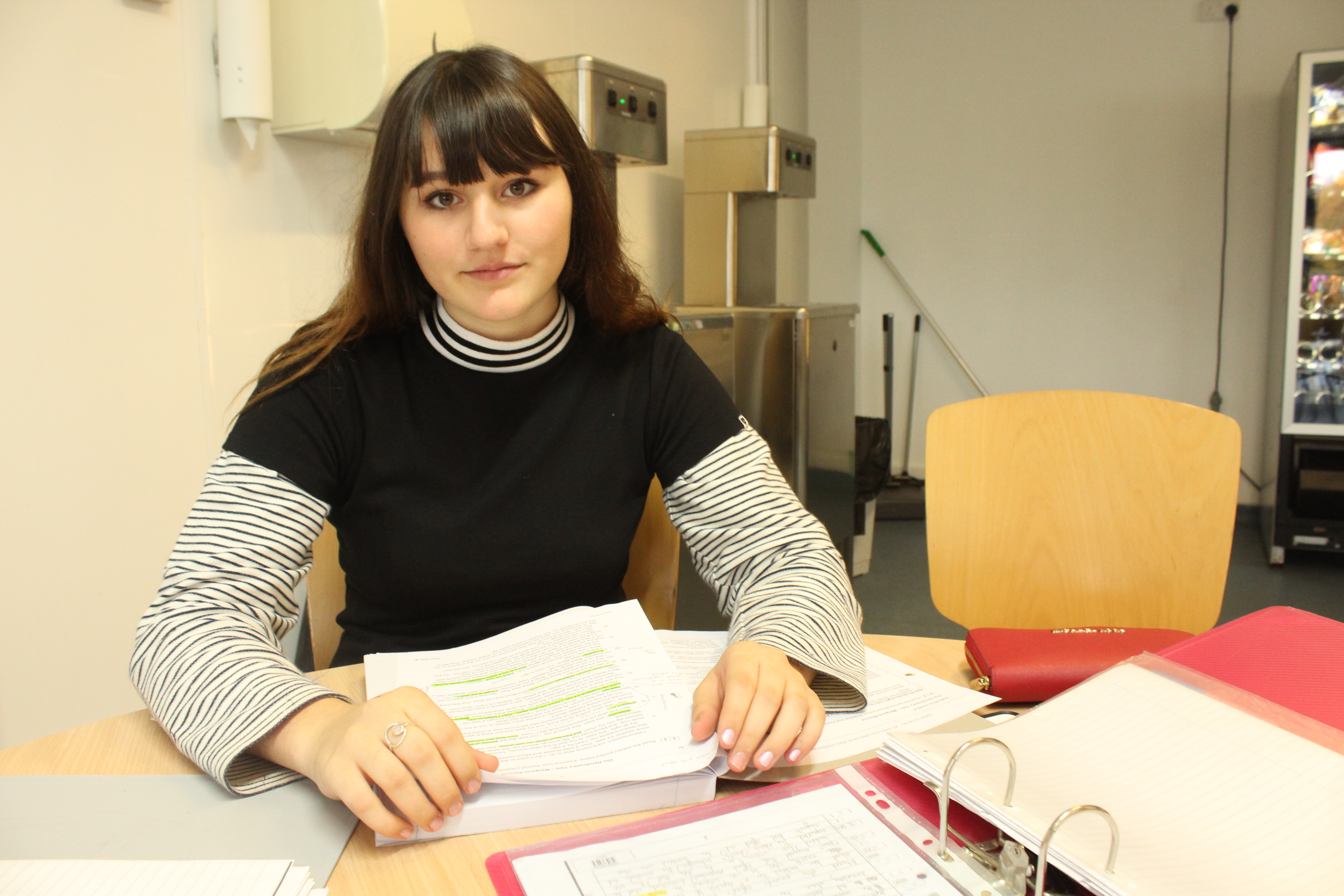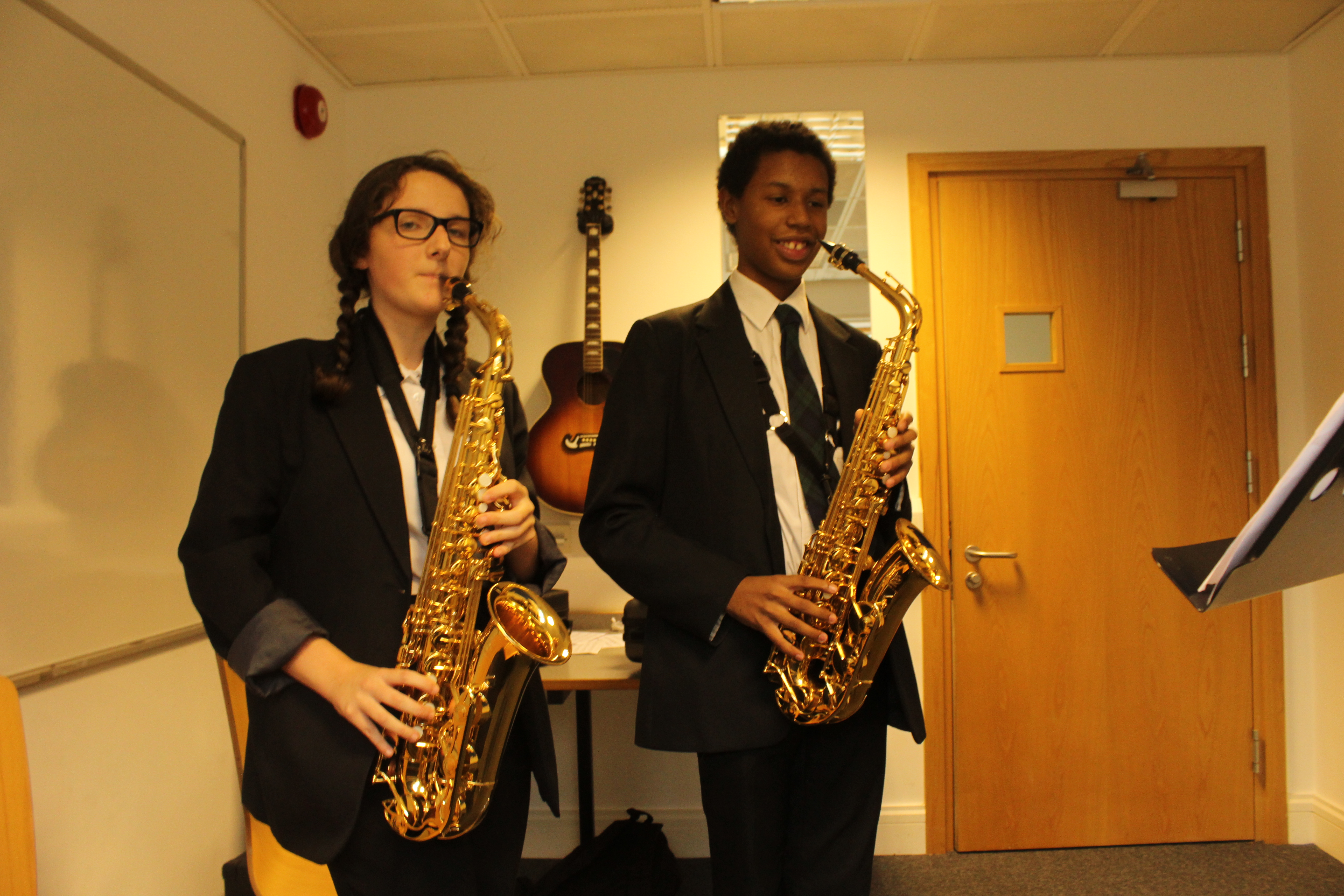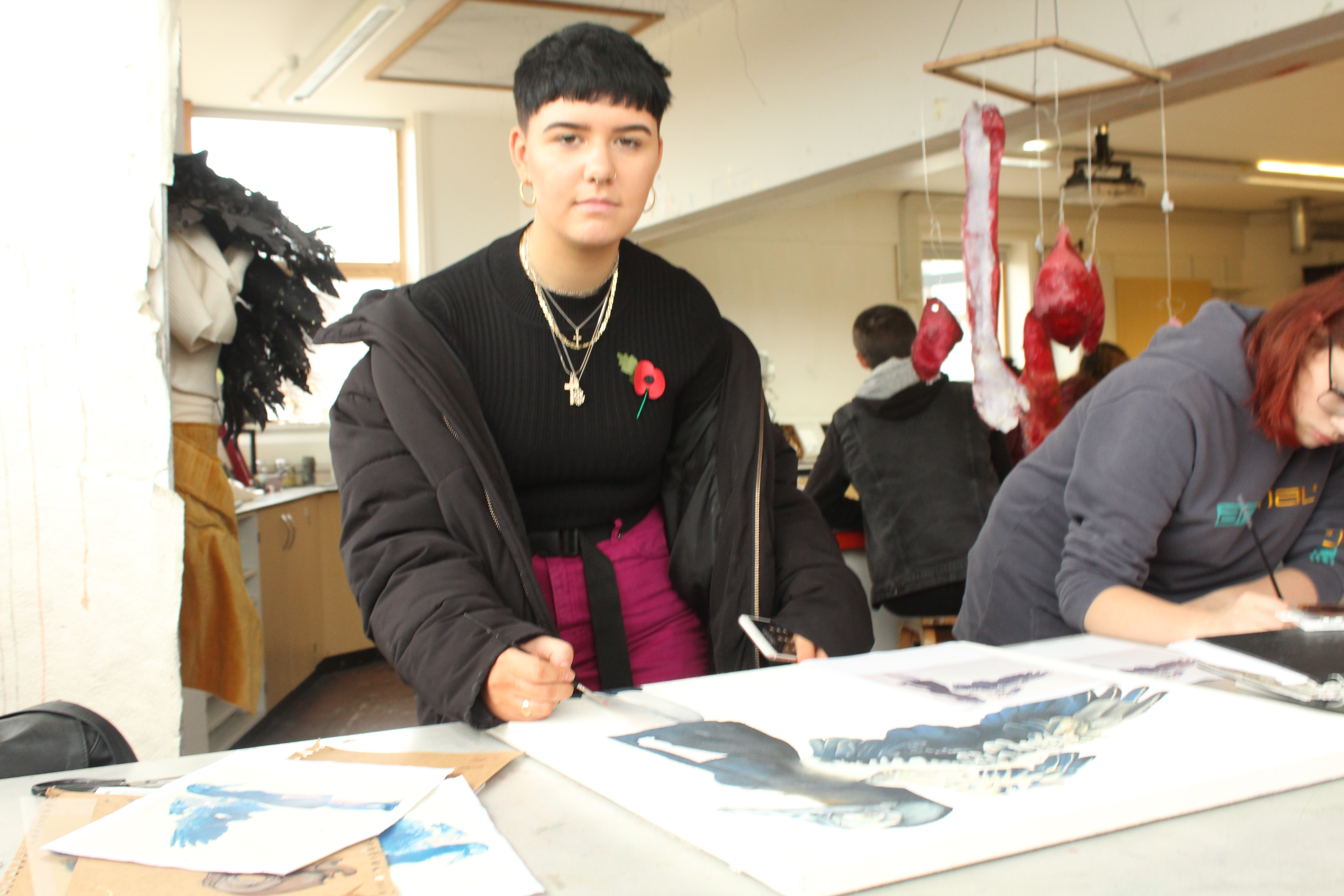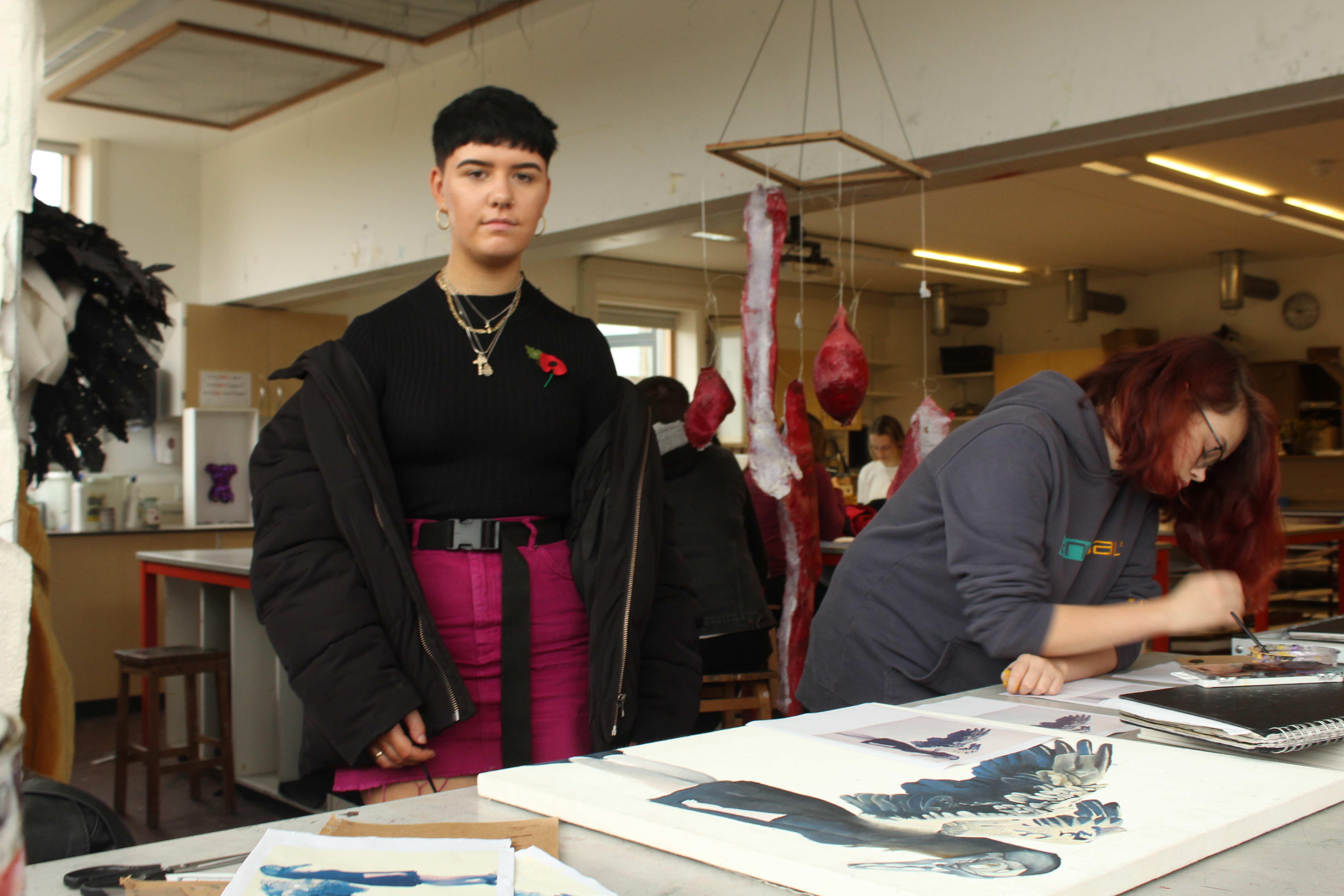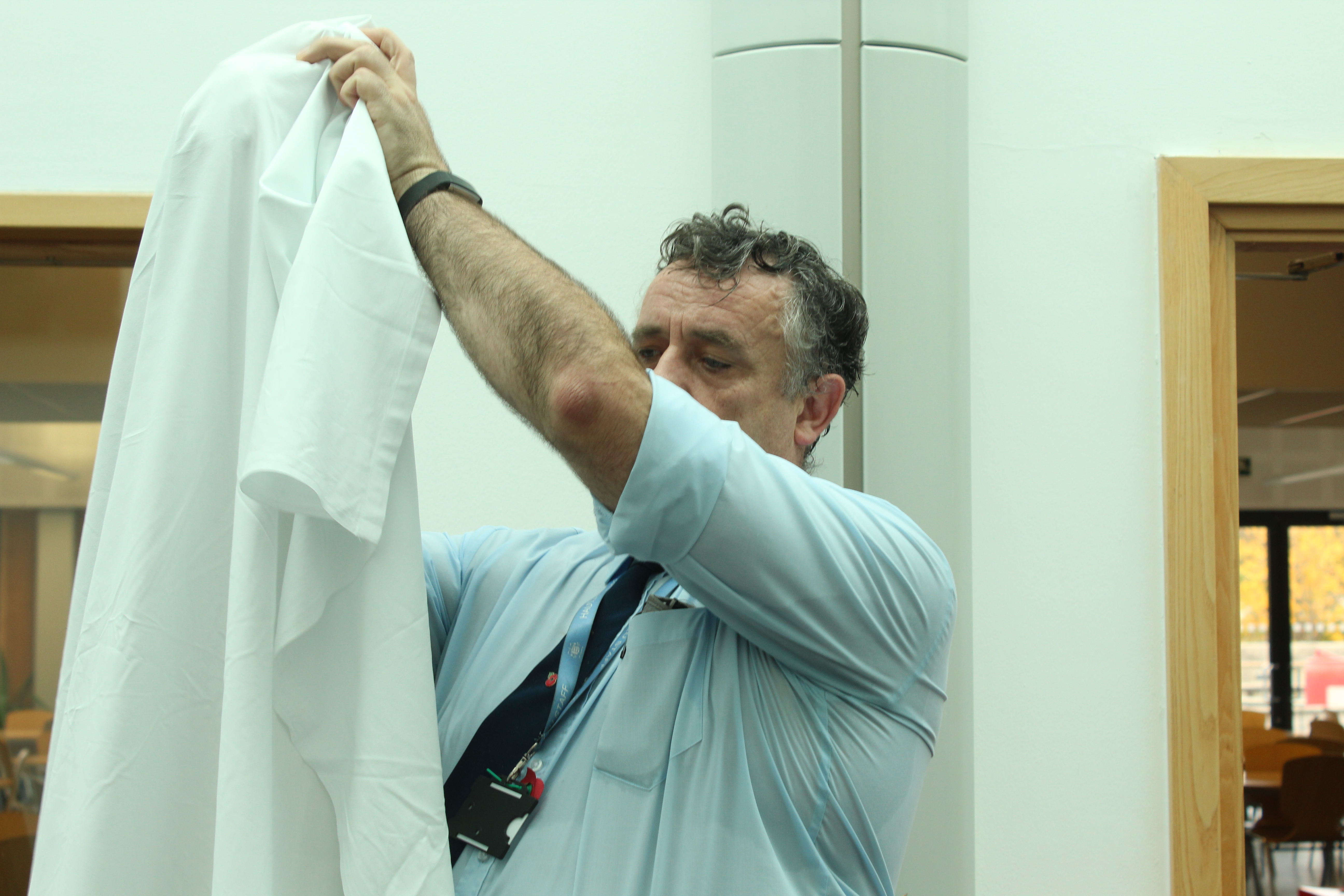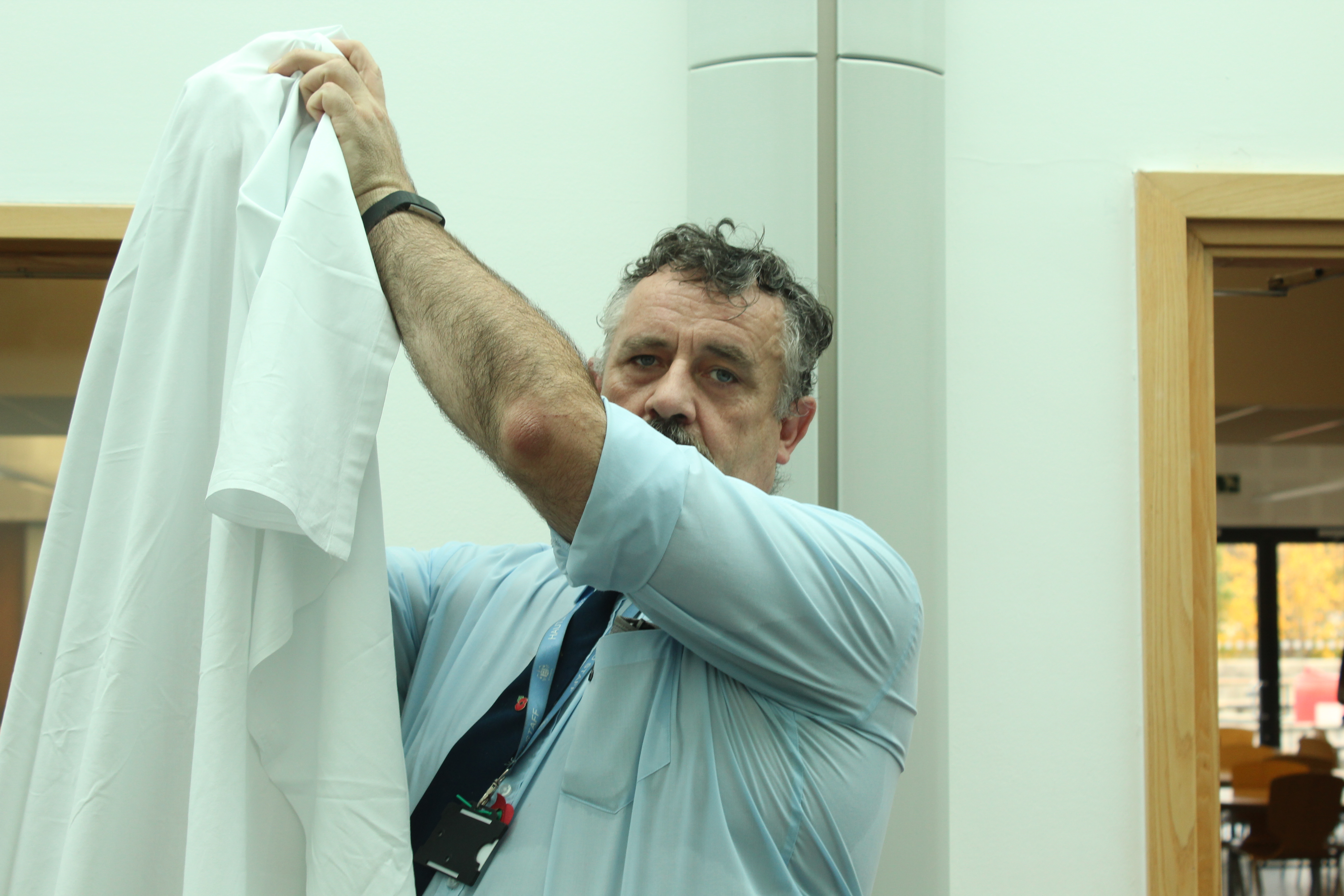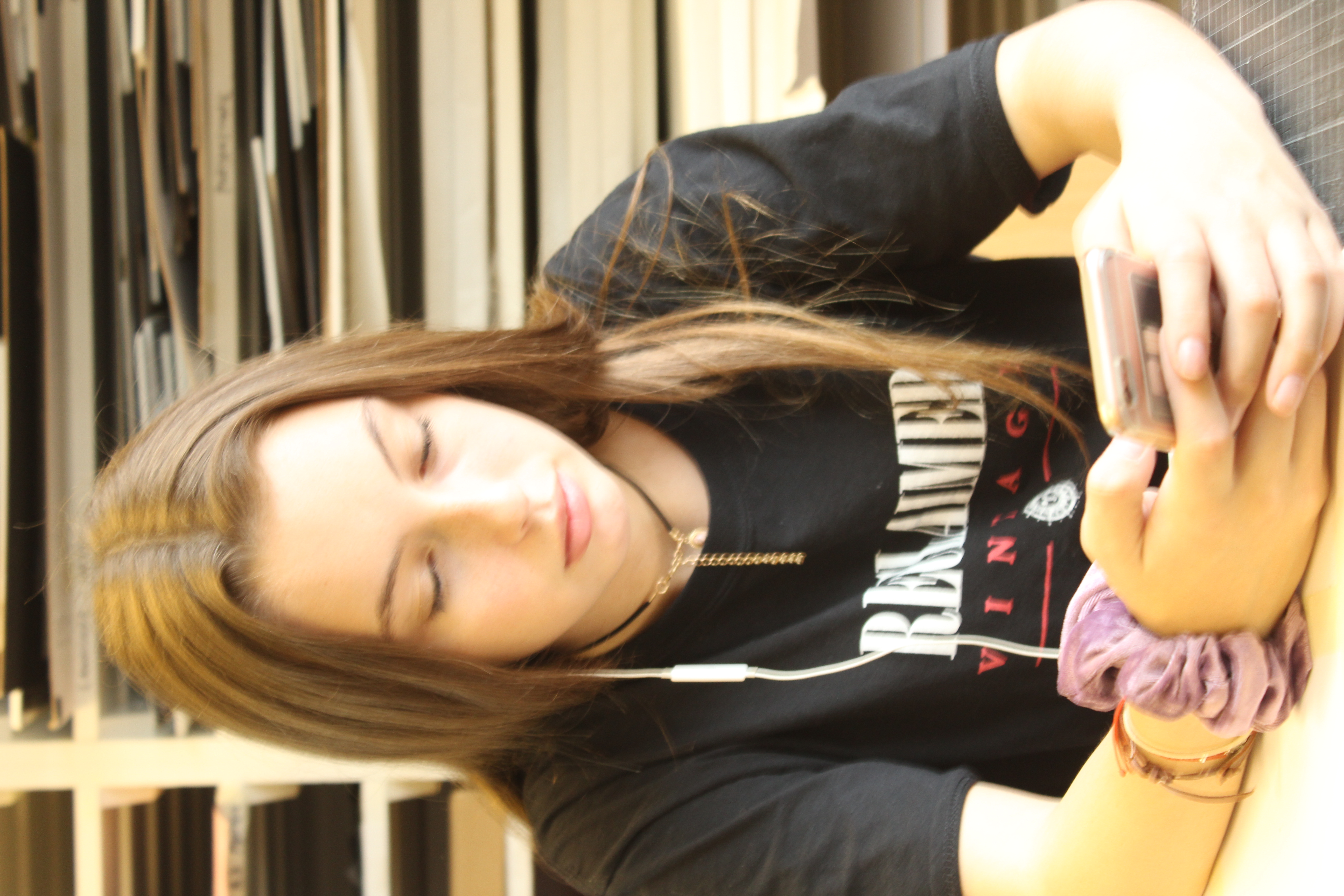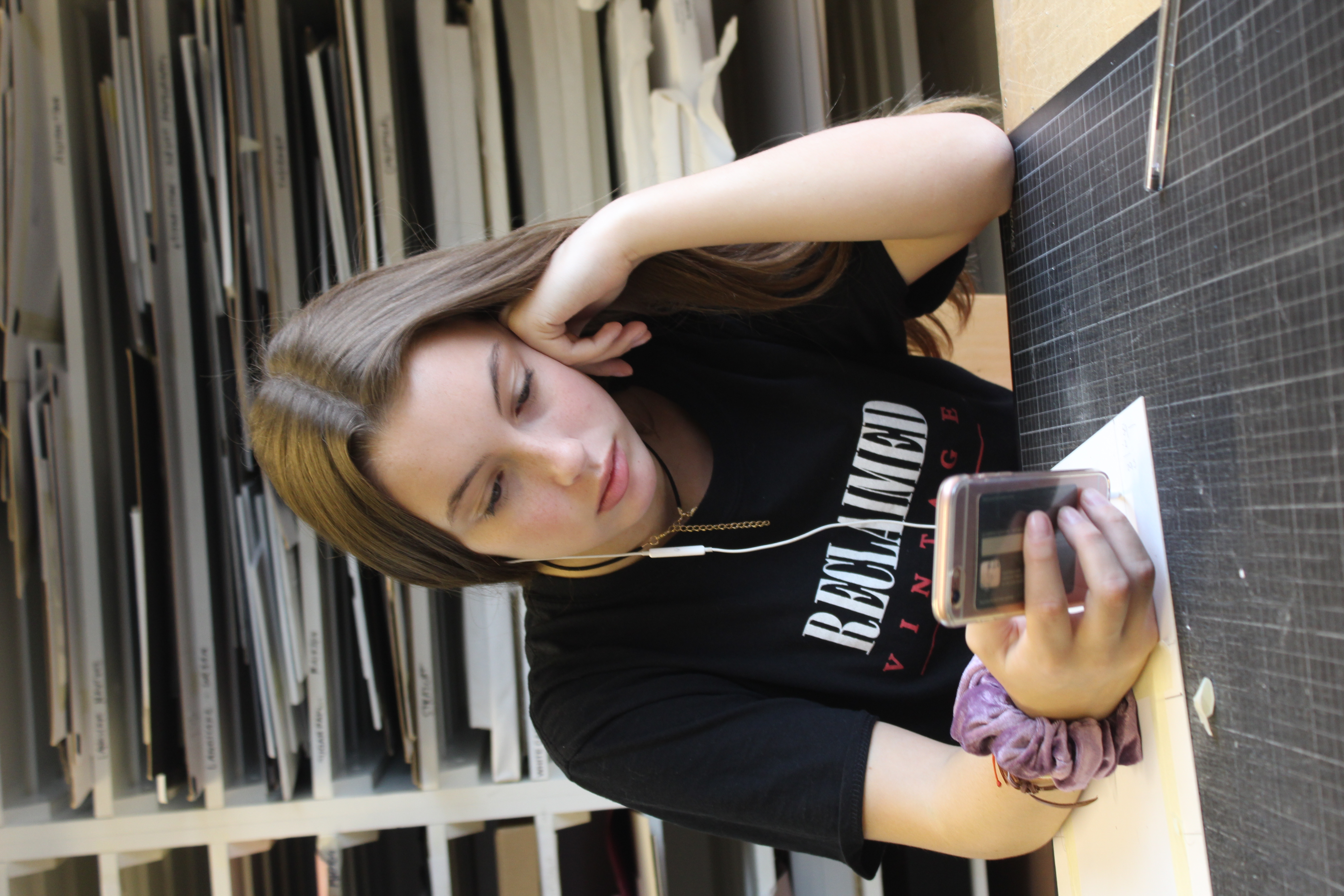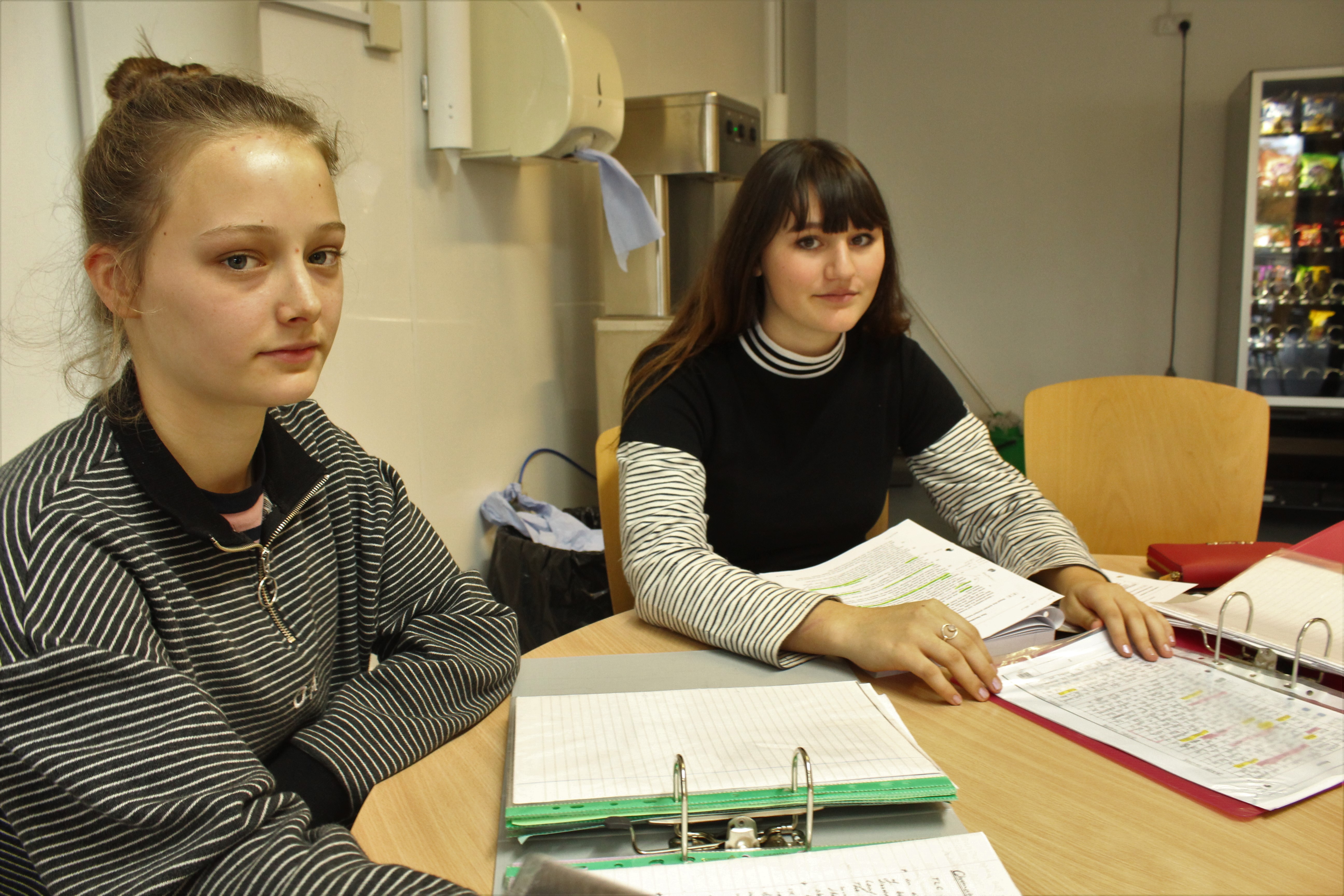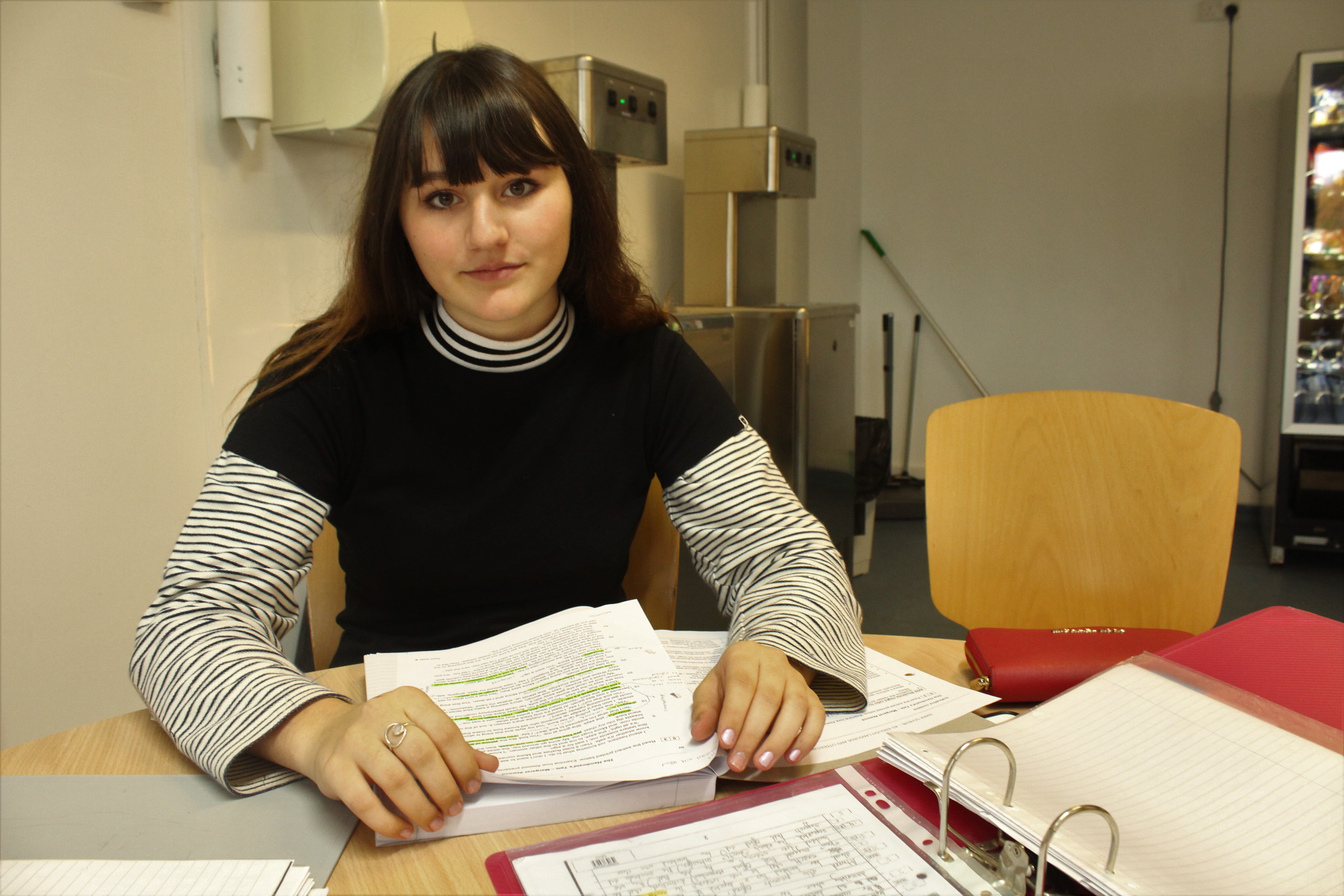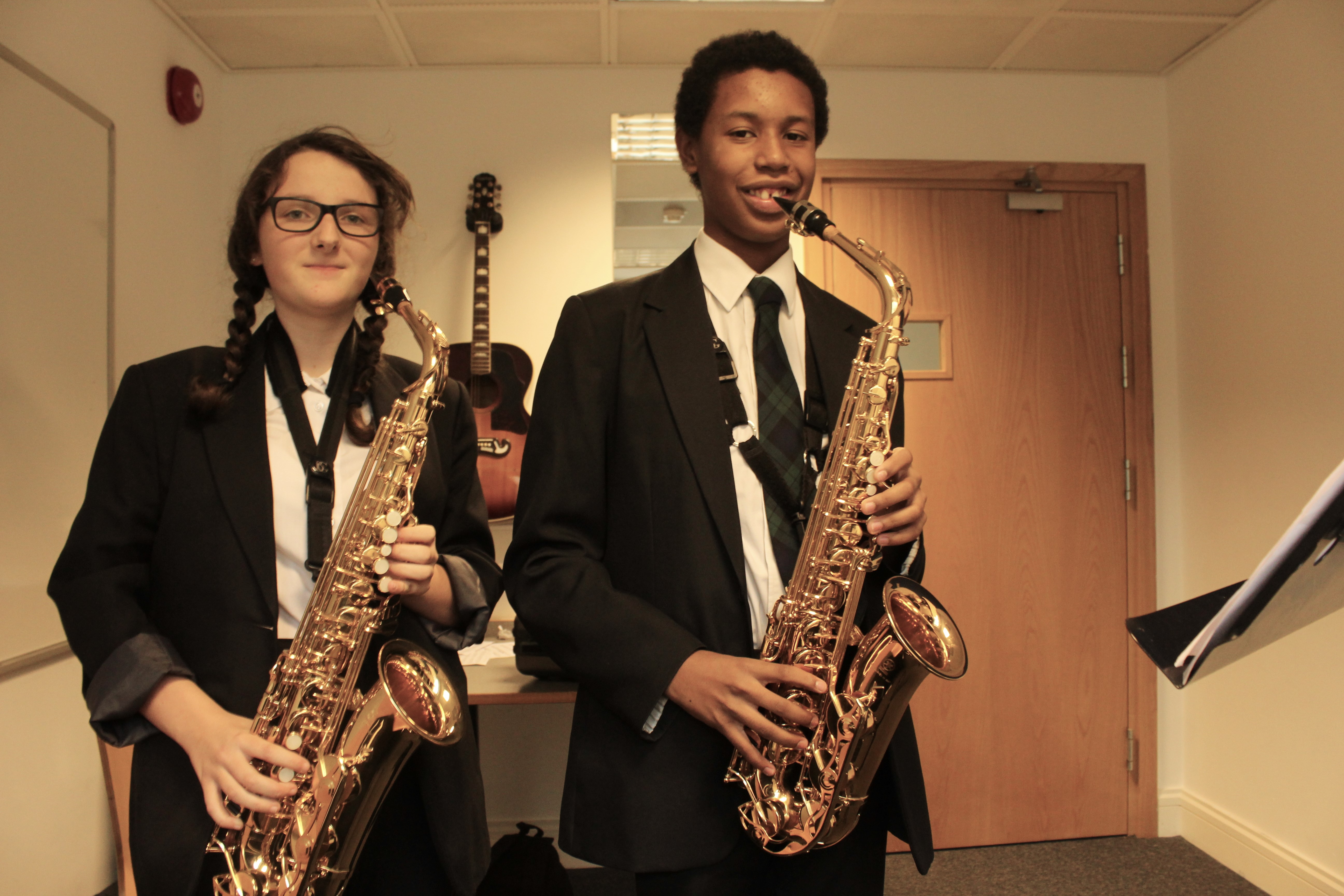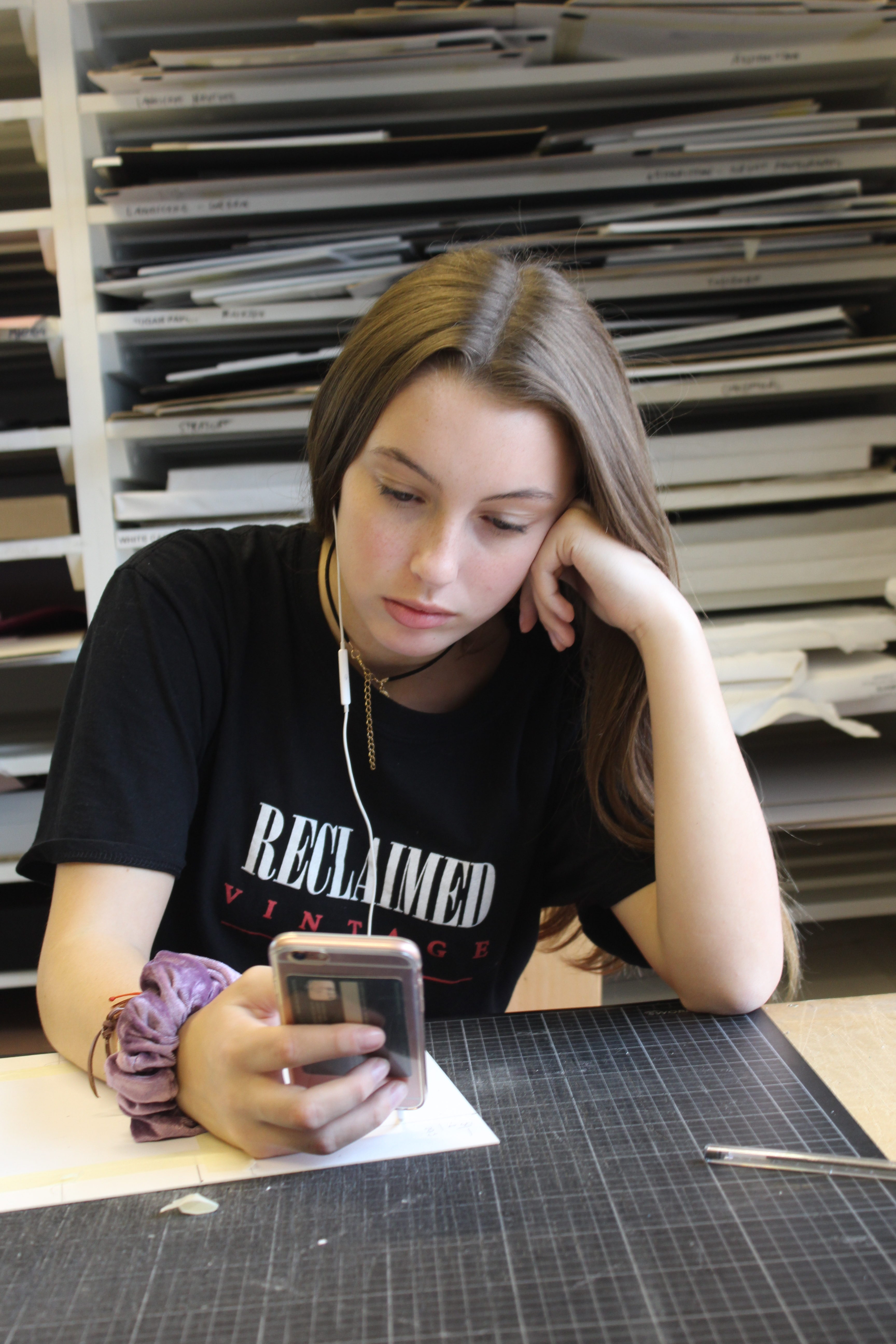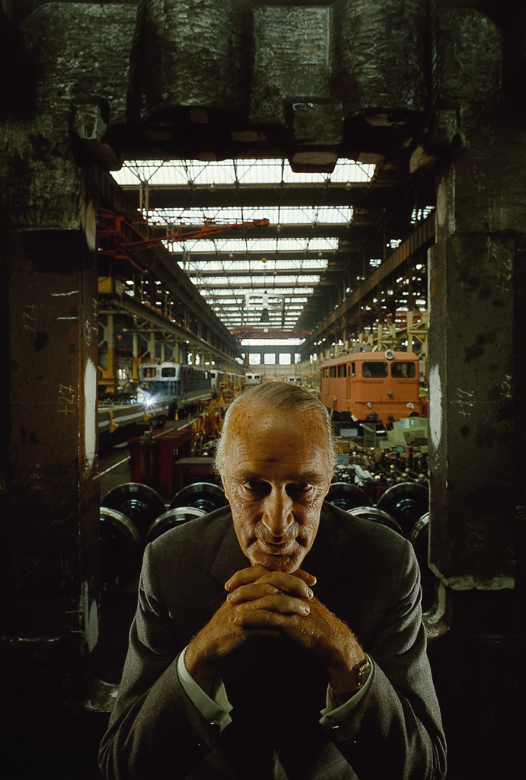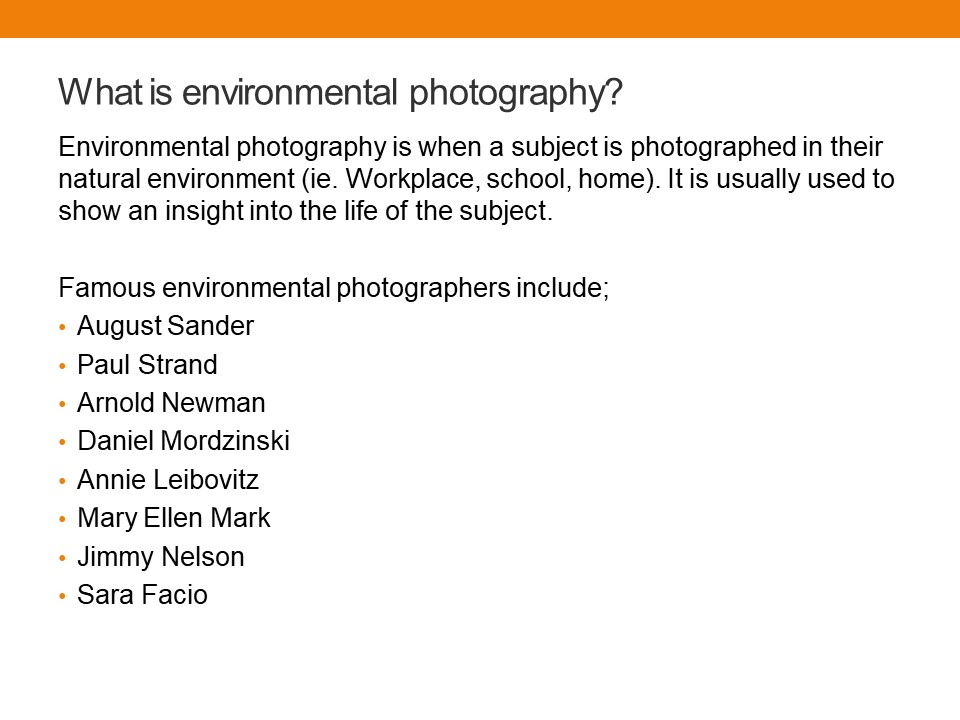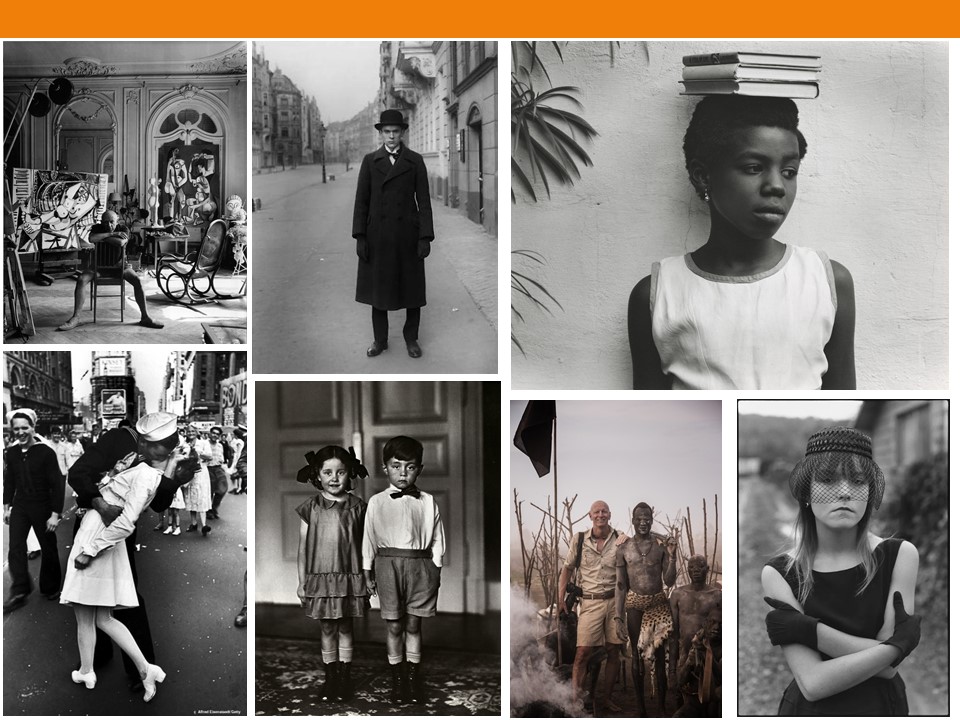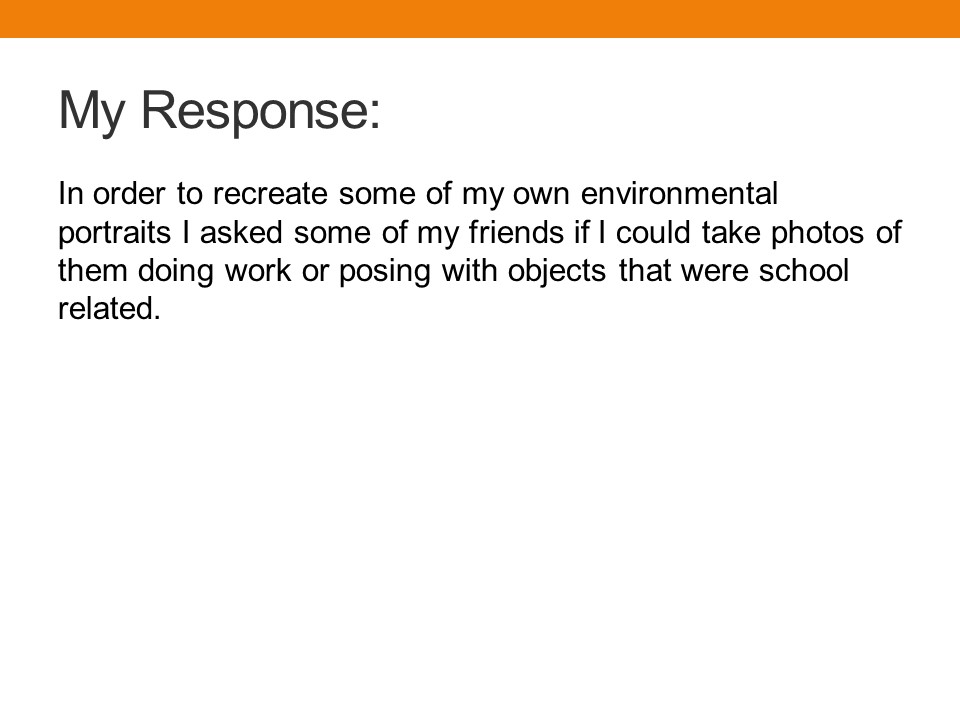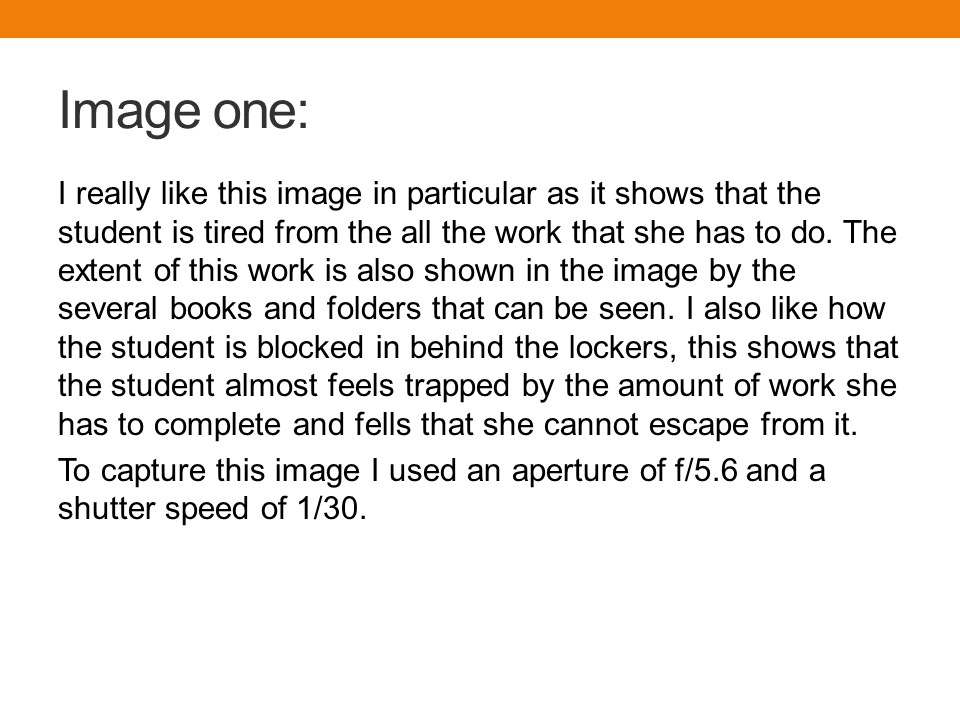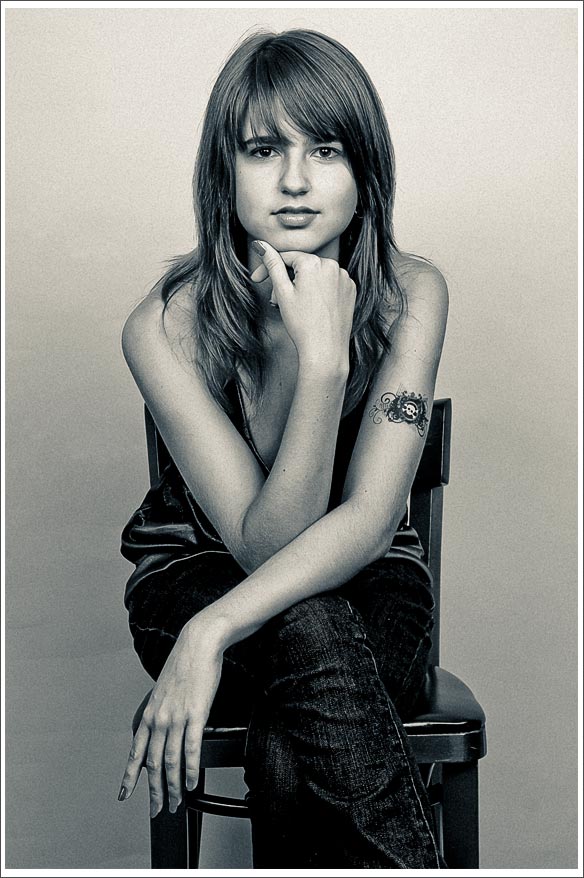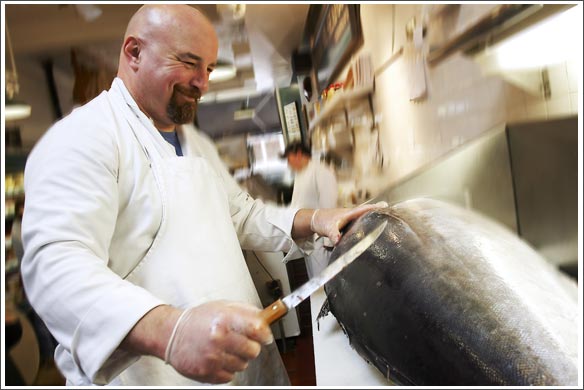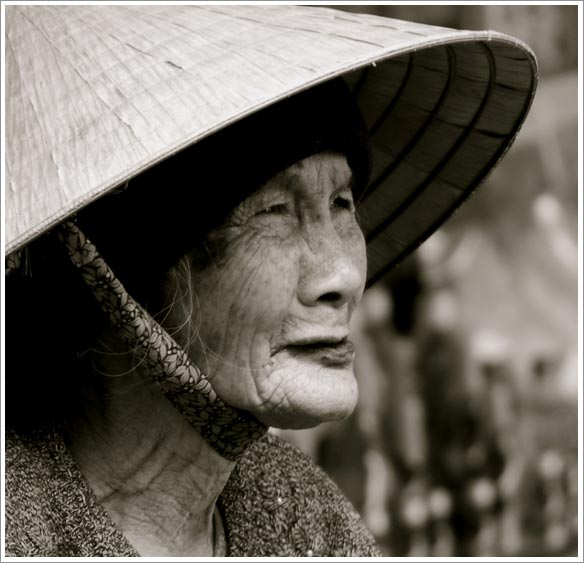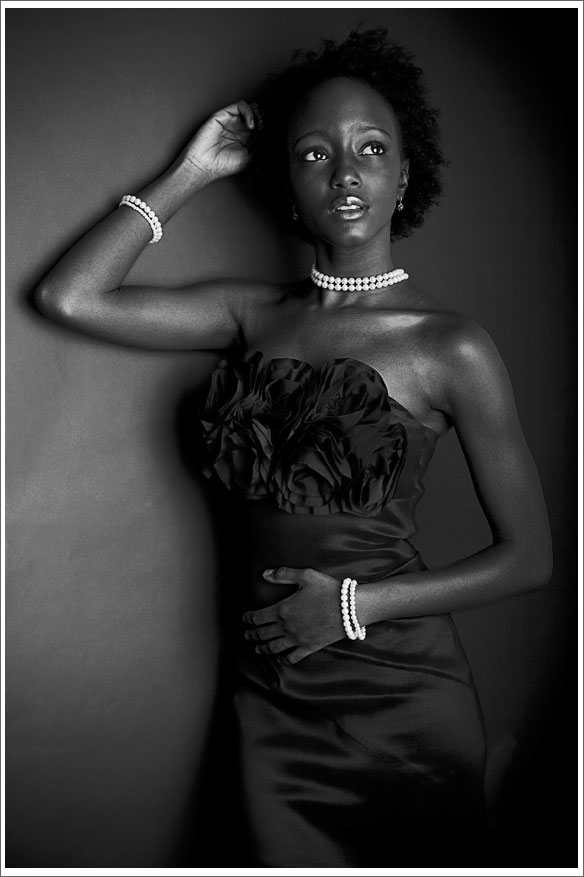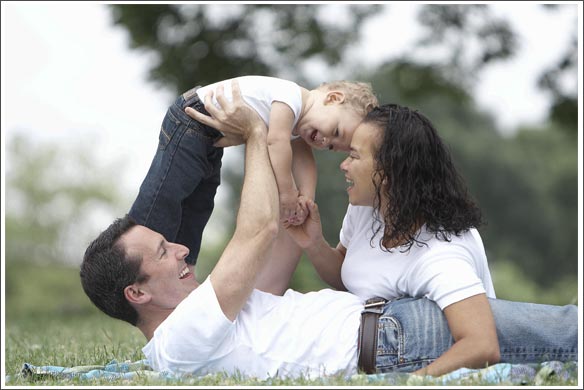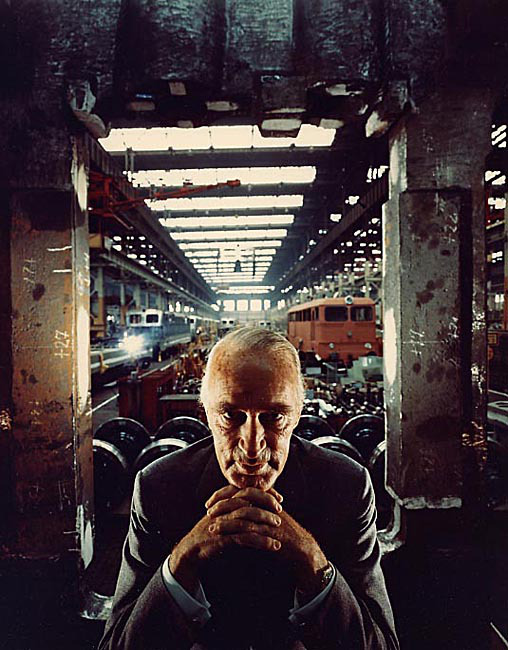
Emotional Response: When I first saw this I really liked the photo, this was because of the contrast between the light and the dark, in terms of the foreground and the background. I also like the the way that Newman has captured that depth of the photo. I also quite like the symmetry as Krupp is in the center of the shot, and how the Pillars also create that nice line of symmetry down the sides.
Visual: Visually this photo is very appealing to the eye, as there are nice lines of symmetry vertically down. This gives the portrait a spooky/eerie feel to it. Within the photo the way the facial expression has been presented and the way he is holding his hands makes him look very sinister, with this in topic, there doesn’t seem to be any parts of beauty, only a dark, depressing background.
Technical: I feel like the first thing that you are drawn to in this portrait is Krupp’s eyes, this gives you an all round feel of the photo. The lighting has been very well balanced with the use of natural lighting in the background, and on Krupp’s face with the aid of a smaller light, possibly a lamp giving him that glow/lit up feature on his face and forehead.
Conceptual: This photo was taken in 1963 by Jewish photographer Arnold Newman. At first Newman was hesitant with taking this photo as Krupp was a well known helper with Nazi’s in World War II, using his company in which he took over from his father as slave labor camp in order top make weapons in aid to help the Nazis in their seek for world domination in World War II. When taking this photo Newman tried to make Krupp as sinister looking as possible to show the world and expose him in what he did during the difficult times.






